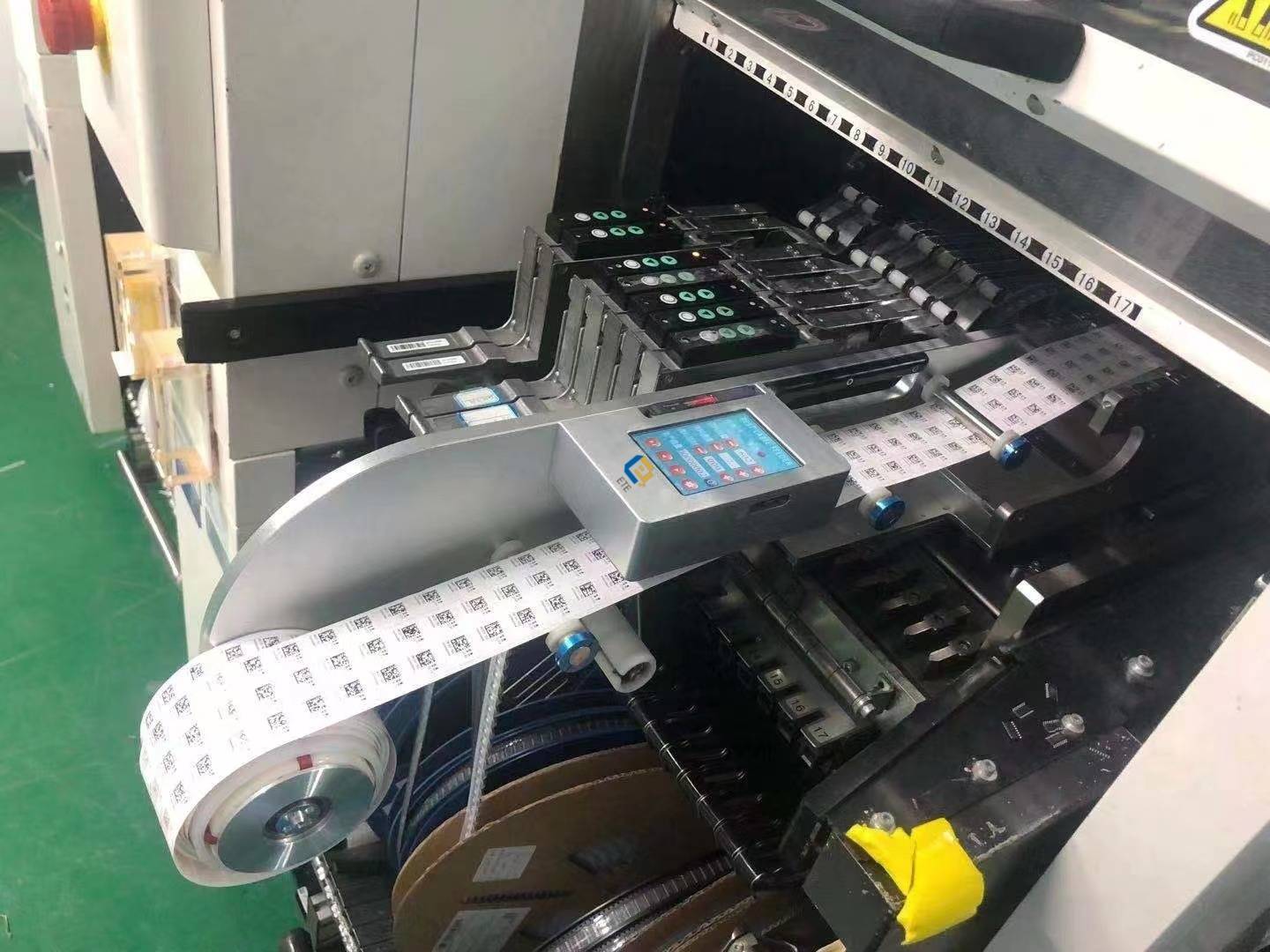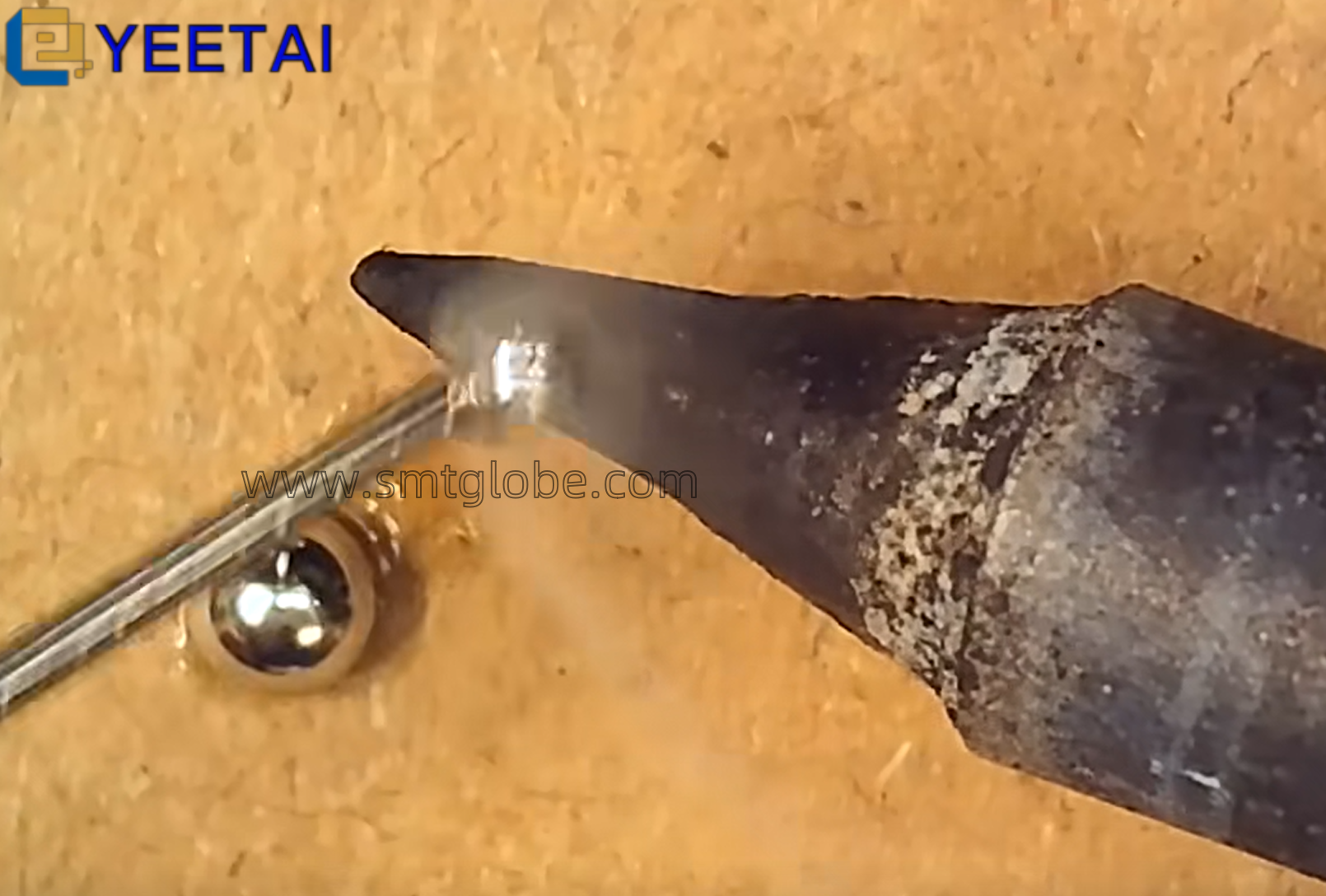In the realm of Surface Mount Technology (SMT), feeders play a crucial role in ensuring efficient material handling. Within SMT feeders, various drive mechanisms are employed, each designed for different operational requirements. This article will explore the different types of drive mechanisms found in SMT feeders and their respective features.

The Importance of Maintenance
1. Trapezoidal Lead Screw
The trapezoidal lead screw, as the name suggests, has a trapezoidal cross-section profile.
- Transmission Speed: Trapezoidal lead screws operate through sliding friction, which often results in significant heat generation during operation. Consequently, they are not suitable for high-speed transmission.
- Transmission Efficiency: The efficiency of trapezoidal lead screws is relatively low, ranging from approximately 26% to 46%.
- Lifespan: Due to considerable wear from sliding friction, the lifespan of trapezoidal lead screws is shorter. Regular cleaning and lubrication are essential for optimal performance.
- Self-locking Capability: Generally, self-locking properties are inversely proportional to transmission efficiency, and trapezoidal lead screws exhibit certain self-locking capabilities.
- Cost-effectiveness: Trapezoidal lead screws allow for high operational efficiency in single-step processes, making them a cost-effective option.
2. Ball Screw
Ball screws are characterized by their complex structure, consisting of a screw, nut, steel balls, preload washers, reverse mechanisms, and dust covers.
- Features: Ball screws offer low friction loss and high transmission efficiency.
- Efficiency Rates: The efficiency of ball screws is notably high, typically ranging from 90% to 96%. This high efficiency is attributed to the rolling motion of the steel balls between the screw shaft and the nut.
- Precision: Ball screws are produced using expensive, high-precision machinery, and their mass production processes minimize human error. This ensures that movement is accurate and prevents “crawling” phenomena, making them ideal for precise material feeding.
3. Synchronous Belt
Synchronous belts feature a strong layer made of steel cables or fiberglass, covered with polyurethane or rubber, and shaped with teeth to mesh with toothed pulleys.
- Compact Design: Synchronous belts are compact and possess excellent oil, wear, and aging resistance, with operational temperature ranges from -20°C to 80°C and speeds less than 50 m/s. However, they are primarily used for low-speed applications.
- Accurate Transmission: Synchronous belts offer precise transmission with no slippage, maintaining a constant transmission ratio.
- Smooth Operation: They provide stable transmission, with buffering and vibration-dampening capabilities, resulting in low noise levels.
- High Efficiency: Synchronous belts can achieve up to 98% efficiency, demonstrating significant energy savings.
- Long-Distance Transmission: They are suitable for long-distance applications, with center distances exceeding 10 meters.
- Easy Maintenance: Synchronous belts require no lubrication and have low maintenance costs.
Conclusion
When designing SMT feeders, engineers select appropriate components based on the required movements to minimize unnecessary energy consumption. This careful planning contributes to the overall efficiency and functionality of the machinery. The classification of drive mechanisms—trapezoidal lead screws, ball screws, and synchronous belts—highlights the diverse approaches available for optimizing material handling in SMT applications. By understanding these mechanisms, manufacturers can enhance the performance and reliability of their production lines.
At YEETAI, we produce all kinds of feeder to upgrade SMT machines.



